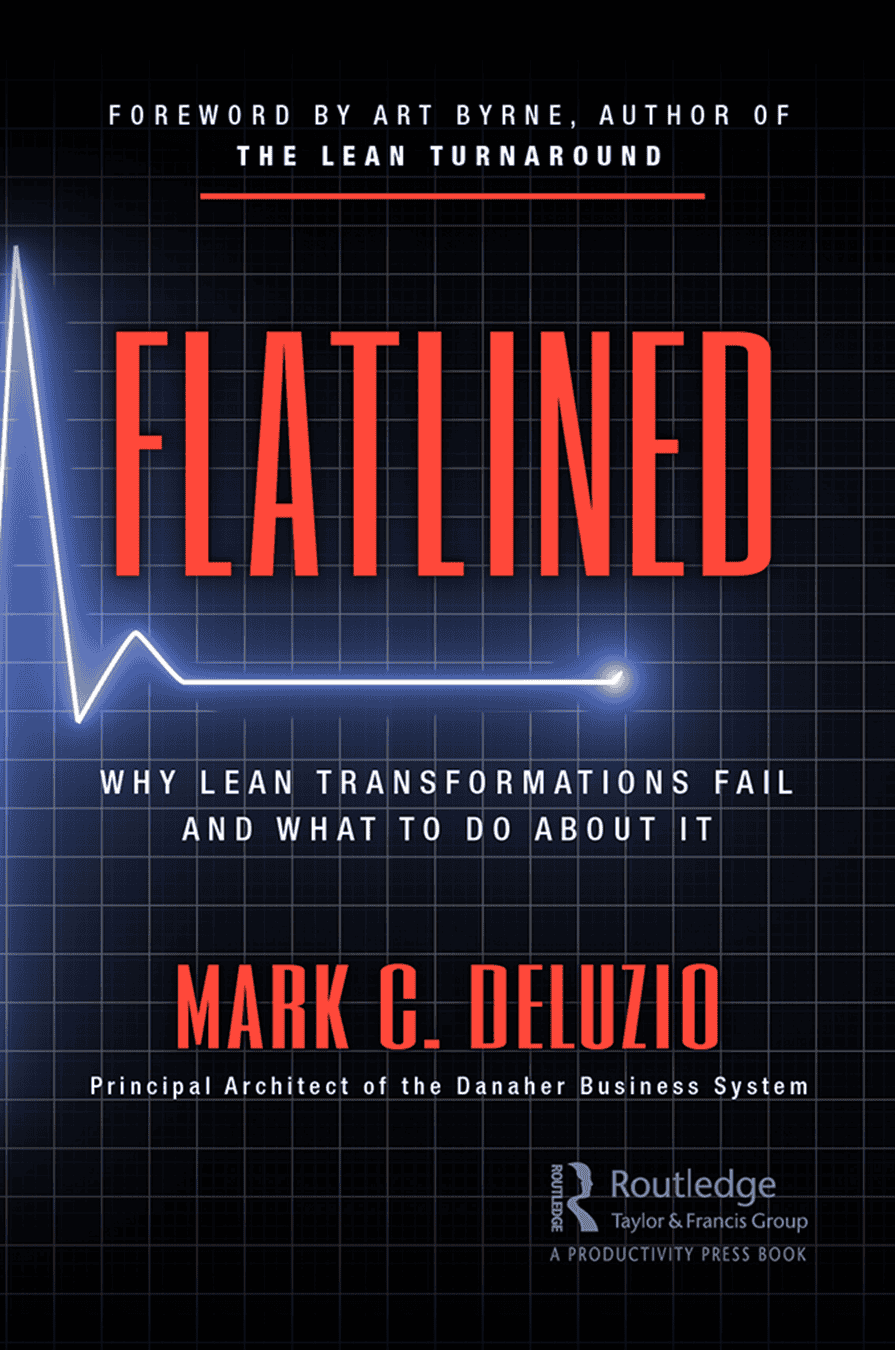Lean transformation is the process of implementing Lean manufacturing principles and practices throughout an organization in order to increase overall productivity. The systematic approach of Lean transformation is designed to improve organizational efficiency, reduce waste, and create value for customers by delivering high-quality products and services while minimizing cost and waste. Lean transformation is a holistic process that involves the entire organization, from leadership to front-line employees. Importantly, it requires a shift in mindset and culture, where continuous improvement and waste elimination become part of the organization’s DNA.
The process of implementing Lean methodology in an organization is no easy task. It can be complex and challenging, as it requires a significant amount of time, effort, and resources to achieve the desired outcome. Despite the potential benefits that Lean transformation can offer, many organizations make mistakes that sabotage its potential benefits. In this article, we will discuss some of the most common mistakes made in the process of implementing Lean strategies and how your business can avoid them to achieve the results you aim for.
Doing Lean vs. Being Lean: Understanding Key Lean Manufacturing Principles
Simply put, “doing Lean” is about implementing Lean tools and techniques in a specific project or area, while being lean focuses on strategically embedding the Lean principles into the organization’s culture and building foundation for continuous improvement.
Doing Lean
Doing Lean within an organization may involve conducting a value stream mapping exercise to identify inefficiencies in a specific process, and using other valuable tools that are designed to improve flow and productivity. Doing Lean is a more basic approach focused on the implementation of specific Lean tools and techniques, which may include things like:
- SMED (Single-Minute Exchange of Dies): A method for reducing the time it takes to change over production lines. The goal of SMED is to reduce setup times from hours to just a few minutes.
- Kanban: A visual system for controlling the flow of work. Kanban helps teams manage and visualize their work, track progress, and improve their workflow efficiency.
- Poka-yoke: A system for preventing errors from occurring in the production process, also known as “mistake proofing.”
- 5S: A methodology for organizing and cleaning work areas. The 5 S’s stand for Sort, Set in Order, Shine, Standardize, and Sustain.
Being Lean
Being Lean involves creating a culture of continuous improvement where employees are empowered to identify inefficiencies and make improvements. It involves creating a shared vision of what success looks like and aligning everyone around that vision. Additionally, being Lean is focused on the underlying Lean principles and mindset. This includes things like:
- Respect for people: Successful Lean organizations value their employees and create a culture where everyone feels empowered to contribute.
- Continuous improvement: Lean organizations are always looking for ways to improve their processes and products.
- Pull: Lean organizations produce products or services only when they are needed by the customer, preventing wasted resources.
- Jidoka: Lean organizations build quality into their processes so that defects are caught and corrected immediately.
Why is Being Lean Important?
Doing Lean without being Lean can lead to superficial improvements that are not sustainable. For example, a company that is “doing Lean” might implement a Kanban system to control the flow of work. This might lead to a slight improvement in efficiency, but the company would still be susceptible to disruptions in the flow of work, since they are not fully embedding Lean transformation into the fabric of their company.
Alternatively, a company that is “being Lean” would not only implement a Kanban system but would also create a culture of continuous improvement and respect for people. This would lead to a significant improvement in efficiency, as well as a more resilient organization that is better able, and willing, to adapt to change.
Common Mistakes Made During a Lean Transformation
Now that we understand the differences between doing Lean and being Lean, it’s important to be aware of common mistakes that can be made during the implementation process of Lean transformation.
- Having an unclear understanding of Lean manufacturing principles.
This is one of the most common mistakes made during a Lean transformation. Without a clear understanding of the underlying principles for Lean manufacturing, it is difficult to implement Lean in a way that is effective and sustainable. You should first understand what you are committing to.
- Trying to implement too much too soon.
Lean transformation is a journey, not a destination. Trying to implement too much too soon can overwhelm employees and lead to resistance to change. Make sure you work within your window of tolerance and make gradual shifts that will be long lasting. Remember that Rome wasn’t built in a day and that you will surely work up to your organizational goals.
- Excluding employees from the transformation process.
Lean transformation is most successful when employees are involved in the process from the beginning. For a Lean transformation to have a positive effect on your company, employees should be involved in identifying waste, developing solutions, and implementing changes. No one knows your company better than those who work to keep it functioning. Likewise, employees will be the first to be able to identify where the company can improve and any critical mistakes being made.
- Failing to measure the results of the transformation.
The importance of measuring the results of the transformation cannot be understated. Tracking progress consistently allows businesses to make necessary adjustments and have a clear understanding of what is working and what isn’t. Additionally, tracking progress shows improvements and trends over time, which is helpful in future planning.
- Giving up too soon.
This one is huge! Lean transformation takes time and effort. It is important to be patient and persistent in order to achieve success. If you feel like giving up, consider reaching out to our team of skilled consultants today.
“Doing Lean” vs “Being Lean” in the Real World
One real-world example of a company “doing Lean” without “being Lean” occurred in the 1980s, when General Motors (GM) had a unique opportunity to work with Toyota at the NUMI venture in Fremont, CA. Fremont was the worst-performing plant at GM, but after Toyota implemented the Toyota Production System, the plant became GM’s top plant. Ultimately, GM failed to radiate the lessons learned from Toyota throughout the rest of their company and instead moved away from the kaizen philosophy and turned to large, expensive projects like robotic automation. The organization failed to develop an organizational commitment to Lean principles.
Lean transformation can be a complex and challenging process, but it can also be a very rewarding one. By avoiding the common mistakes listed above, organizations can increase their chances of success, and implement Lean transformation with much success. To learn more about how Lean Horizons’ globally renowned Lean consultants can support you and your company implement Lean transformation, contact us here today!

